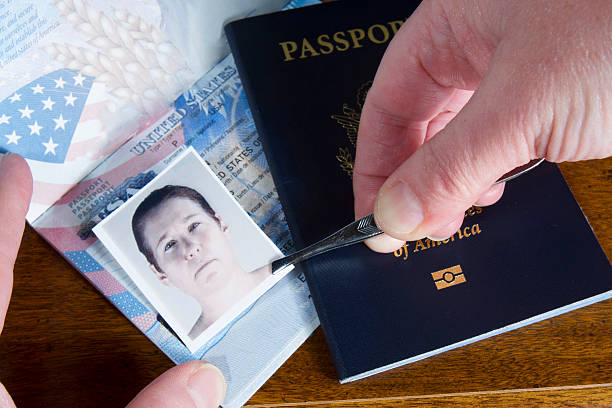In today’s interconnected world, passports serve buy real european union passport online as the ultimate form of identification and travel documentation. However, with the rise of globalization and technology, the market for fake passports has also flourished, presenting significant challenges for border security agencies worldwide. Understanding the differences between fake and real passports is crucial for maintaining the integrity of international travel and ensuring the safety of nations. Let’s delve into the intricacies of these documents and explore how to distinguish between them.
The Anatomy of a Passport
A genuine passport is a sophisticated document, meticulously designed with numerous security features to prevent counterfeiting and tampering. Here are some key elements to look for:
- Security Features: Real passports incorporate various security features such as holographic images, microprinting, and UV-visible elements. These features are difficult to replicate and provide an additional layer of authenticity.
- Biometric Data: Modern passports often contain biometric data, including facial recognition and fingerprints, embedded in a secure chip. This technology enhances identity verification and makes it challenging for counterfeiters to reproduce.
- Watermark: Authentic passports typically include a watermark that is visible when held up to light. This feature is difficult to replicate and serves as a reliable indicator of authenticity.
- Special Inks and Paper: Genuine passports use specific inks and paper types that are difficult to obtain and replicate. Counterfeiters often struggle to match the quality and texture of these materials.
Identifying Fake Passports
Despite the stringent security measures in place, counterfeiters continue to produce fake passports that mimic the appearance of genuine ones. However, there are several telltale signs that can help identify a fake passport:
- Poor Quality Printing: Fake passports often exhibit inconsistencies in printing quality, including blurred text, irregular fonts, and uneven alignment. These discrepancies suggest a lack of attention to detail in the manufacturing process.
- Missing Security Features: Counterfeit passports may lack essential security features present in genuine documents. Missing holographic images, microprinting, or watermarks are common indicators of a fake passport.
- Unusual Paper Texture: Fake passports may feel different from genuine ones due to the use of inferior-quality paper or incorrect paper texture. Authentic passports have a distinct feel that is difficult to replicate.
- Inconsistent Biometric Data: If a passport claims to contain buy real european union passport online biometric information but lacks the corresponding chip or shows discrepancies in the data, it may be a fake document.
Conclusion
Distinguishing between fake and real passports is essential for safeguarding national security and preventing identity fraud. While counterfeiters continue buy real european union passport online to innovate and refine their techniques, border security agencies employ advanced technology and rigorous inspection procedures to detect fraudulent documents. By familiarizing oneself with the security features of genuine passports and remaining vigilant during document inspection, individuals can play a crucial role in combating passport fraud and maintaining the integrity of international travel.



